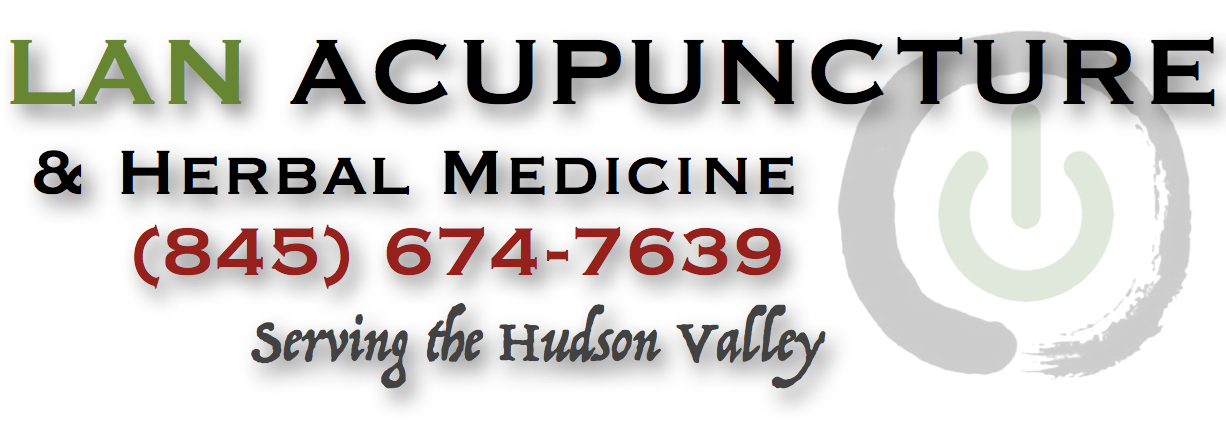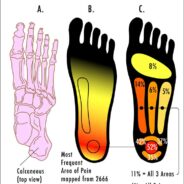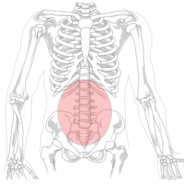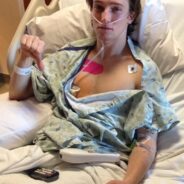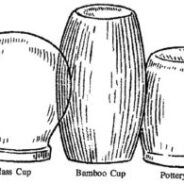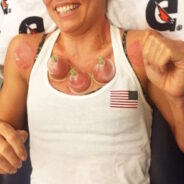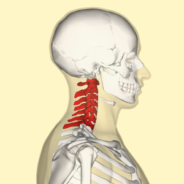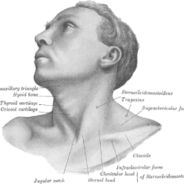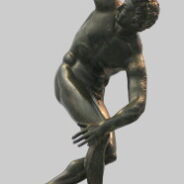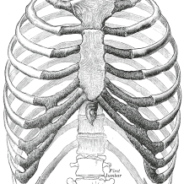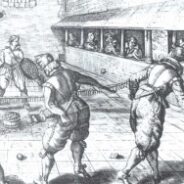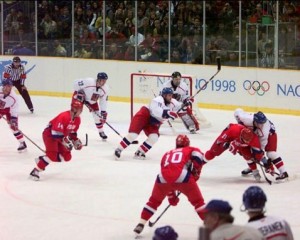 Sports medicine is a broad and complex branch of health care that involves several disciplines. Essentially, sports medicine applies western medical and scientific knowledge to prevent, recognize, assess, manage and rehabilitate injuries related to sport, exercise or recreational activity. Sports medicine is targeted not only to the professional athlete but the person with an athletic or active lifestyle to enhance health, fitness and performance. Sports medicine is used by a variety of health care professionals and is practiced in a number of venues with overlapping but distinct areas of expertise. This includes athletic trainers, acupuncturists, massage therapists, podiatrists, dietitians, psychologists, exercise physiologists, surgeons, physical therapists and several other specialties. Each health care discipline practicing under the umbrella of sports medicine has the same goal of rehabilitating the injured athlete back to full participation and function. The athlete young or old, professional or recreational are those individuals that use regular exercise to obtain health. This extends to physical activities that aren’t exactly sports, such as dancing or occupational activities that may lead to injury. Sports Medicine Acupuncture contains both oriental medicine and Sports Medicine diagnostic techniques used to view the patient’s injury from each of these different perspectives. With both the professional and recreational athlete, the goal is to accurately assess the mechanism and severity of the patient’s musculoskeletal complaint. This is accomplished by using a combination of orthopedic special tests, range of motion, manual muscle testing and palpation to identify the injured tissue. These techniques used to assess local stagnation are joined with differential diagnostics used in oriental medicine, providing a paradigm of the athlete’s local injury and overall health (Qi, Blood, Yin, Yang, Shen). The objective of this combination, Sports Medicine Acupuncture is to address the athlete’s healing potential thereby strengthening the patient, and as a result, decreases injury rehabilitation time. Getting the athlete back to their desired activity, enhancing performance and preventing re-injury through treatment and education is the goal.
Sports medicine is a broad and complex branch of health care that involves several disciplines. Essentially, sports medicine applies western medical and scientific knowledge to prevent, recognize, assess, manage and rehabilitate injuries related to sport, exercise or recreational activity. Sports medicine is targeted not only to the professional athlete but the person with an athletic or active lifestyle to enhance health, fitness and performance. Sports medicine is used by a variety of health care professionals and is practiced in a number of venues with overlapping but distinct areas of expertise. This includes athletic trainers, acupuncturists, massage therapists, podiatrists, dietitians, psychologists, exercise physiologists, surgeons, physical therapists and several other specialties. Each health care discipline practicing under the umbrella of sports medicine has the same goal of rehabilitating the injured athlete back to full participation and function. The athlete young or old, professional or recreational are those individuals that use regular exercise to obtain health. This extends to physical activities that aren’t exactly sports, such as dancing or occupational activities that may lead to injury. Sports Medicine Acupuncture contains both oriental medicine and Sports Medicine diagnostic techniques used to view the patient’s injury from each of these different perspectives. With both the professional and recreational athlete, the goal is to accurately assess the mechanism and severity of the patient’s musculoskeletal complaint. This is accomplished by using a combination of orthopedic special tests, range of motion, manual muscle testing and palpation to identify the injured tissue. These techniques used to assess local stagnation are joined with differential diagnostics used in oriental medicine, providing a paradigm of the athlete’s local injury and overall health (Qi, Blood, Yin, Yang, Shen). The objective of this combination, Sports Medicine Acupuncture is to address the athlete’s healing potential thereby strengthening the patient, and as a result, decreases injury rehabilitation time. Getting the athlete back to their desired activity, enhancing performance and preventing re-injury through treatment and education is the goal.
Some distinctions to this approach:
• I take a specialized differential diagnosis from eastern methods and incorporate western approaches, such as modern knowledge of anatomy and physiology.
• We will perform postural analysis and understand muscle imbalance in relationship to injury. The anatomical structures of the body still follow eastern principles – for example, the biceps and triceps muscles functioning mutually in accordance with Yin and Yang dynamics.
• We can apply the eastern ‘meridian’ approach to accurately assess, identify, and treat injured tissue, or apply needles to specific adhesions in the muscles (otherwise known as ‘dry needling’, the most elementary application of acupuncture)
• Orthopedic examinations, range of motion, and manual muscle testing to accurately assess musculoskeletal injury and dysfunction will be utilized.
• I will formulate a diagnosis, develop a treatment plan and protocol and implement a successful treatment strategy from both oriental and western perspectives.
• If necessary, I can communicate effectively to with MDs, PTs and other healthcare providers under whose care you may be under.
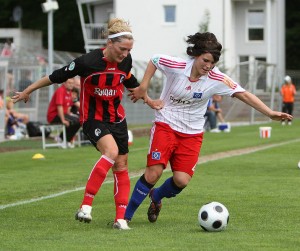 Acupuncture is an excellent complement to physical rehabilitation for athletic and other orthopedic injuries. Acupuncture can help improve physical performance, ease the effects of overtraining, and prevent future injuries. It has been proven to decrease pain and inflammation, as well as promote circulation to the affected tissues. This optimizes healing by bringing in the necessary nutrients and removing metabolic wastes. Athletes and those who are physically active understand how critically important it is to maintain balance in the body; once balance is disrupted, tissue breakdown and injury occur. Acupuncture can play an integral role in maintaining this balance.
Acupuncture is an excellent complement to physical rehabilitation for athletic and other orthopedic injuries. Acupuncture can help improve physical performance, ease the effects of overtraining, and prevent future injuries. It has been proven to decrease pain and inflammation, as well as promote circulation to the affected tissues. This optimizes healing by bringing in the necessary nutrients and removing metabolic wastes. Athletes and those who are physically active understand how critically important it is to maintain balance in the body; once balance is disrupted, tissue breakdown and injury occur. Acupuncture can play an integral role in maintaining this balance.
Orthopedic and sports medicine acupuncture is one of the most solid syntheses of eastern and western medicine. I employ an anatomically based method when using acupuncture to treat sports and orthopedic injuries. In addition to the classical acupuncture points, I commonly use trigger points, motor points, and points along the spine that impact nerve innervation of the injured tissues. Oftentimes, one of the primary goals is to simply reset the portion of the nervous system which determines the tension level of the affected soft tissues. Once this tension level has been corrected, a cascade of positive results takes place. Bony alignment corrections can be maintained, postural corrections are more easily attained, and abnormal stresses and pulls on other muscles, tendons, joints, and ligaments ease.
I always begin the initial session with a thorough musculoskeletal examination, through palpation and muscle testing. This allows me to immediately begin treating not only the pain, but also the source of the dysfunction. Without this type of exam, much time and money can be wasted by “chasing symptoms.” I treat integratively whenever possible, bringing together my knowledge of both eastern and western medicine. A patient seeing me for acupuncture will typically also receive some form of oriental physical therapy as well as suggestions for stretches or other exercises to further their progress between treatment sessions. I will also provide herbal medicine and recommend dietary changes, if necessary.I have successfully treated numerous sports and orthopedic injuries using this integrative treatment model.
Injuries that I have successfully treated include but are not limited to:
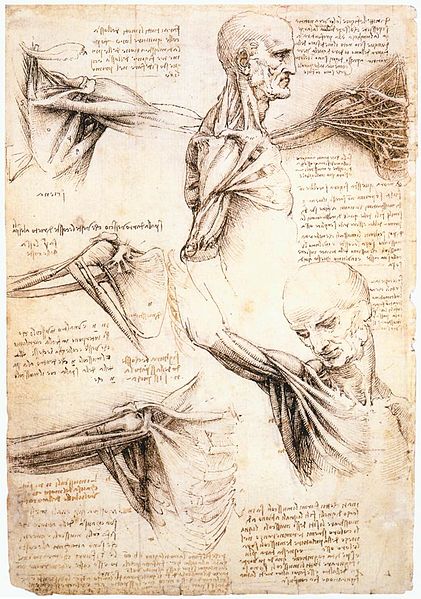 • neck, mid back, and lower back pain
• neck, mid back, and lower back pain
• spinal disc protrusions/bulges
• sciatica
• concussions
• headaches and migraines
• temporomandibular joint (TMJ) dysfunction
• shoulder pain and bursitis
• rotator cuff tears and repairs
• shoulder impingement syndrome
• frozen shoulder (adhesive capsulitis)
• tennis elbow/lateral epicondylitis
• golfer’s elbow/medial epicondylitis
• carpal tunnel syndrome
• rib subluxations
• hip pain and bursitis
• sacroiliac joint sprains
• iliotibial band (ITB) syndrome
• meniscal tears
• patellar tendonitis
• patellofemoral joint dysfunction
• hamstring and calf strains and tears
• achilles tendonitis
• tendon ruptures/post operative tendon repairs
• ankle sprains
• plantar fasciitis
• osteoarthritis/degenerative joint disease
Incorporating acupuncture into the treatment of these injuries is something I love doing, because it works so well… and having had a chronic ankle injury ‘miraculously’ healed by acupuncture is why am here!
Acupuncture for Plantar Fasciitis
Acupuncture combined with herbal medicine foot baths is a proven and effective therapeutic method for the elimination of plantar fasciitis. Guangxi People’s Hospital researchers compared using only Traditional Chinese Medicine (TCM) foot baths as a standalone therapy with a combination of TCM foot baths and acupuncture. Compared with Chinese herbal medicine foot bath monotherapy, adding acupuncture treatments to the regimen of care significantly decreases pain and swelling while simultaneously Read more...
read moreAcupuncture and Herbs For Lumbar Disc Herniation
Acupuncture combined with herbal medicine is effective for the treatment of lumbar disc herniations. Beijing Timber Factory Worker’s Hospital researchers investigated the effects of warm needle acupuncture and Chinese herbal medicine on patients with lumbar disc herniations. The combined therapy produced a 69.2% total effective rate. Using warm needle acupuncture as a standalone therapy absent the use of herbal medicine produced a 50.7% total effective rate. All patients included in the study Read more...
read moreDry Needling is Acupuncture
“Dry needling is indistinguishable from acupuncture.” — American Medical Association (AMA) Here are the facts you really need to know about dry needling: 1. Dry needling is acupuncture. More specifically, dry needling is acupuncture that involves inserting an acupuncture needle (a U.S. Food and Drug Administration [FDA]-regulated medical device) through the skin and into an acupuncture point (a circumscribed area of muscle or connective tissue) Read more...
read moreCupping
Cupping by Subhuti Dharmananda, Ph.D., Director, Institute for Traditional Medicine, Portland, Oregon Cupping refers to an ancient Chinese practice in which a cup is applied to the skin and the pressure in the cup is reduced (by using change in heat or by suctioning out air), so that the skin and superficial muscle layer is drawn into and held in the cup. In some cases, the cup may be moved while the suction of skin is active, causing a regional pulling of the skin and muscle (the Read more...
read moreOlympic Athletes’ Performance Enhanced by Cupping Therapy
It began with A List celebrities like Jennifer Aniston and now it seems like this year's Olympics athletes have seen the appeal. Several Team USA Olympians have been pictured with small, circular marks on their backs and shoulders, indicating that they subscribe to the healing technique called cupping. The process dates back to Egyptian, Chinese, and Middle Eastern cultures and works by applying glass cups to the skin along the meridians of the body, creating suction as a way of stimulating the Read more...
read moreNeck Pain Alleviated with Acupuncture
Acupuncture and moxibustion alleviate neck pain. Researchers from Xinjiang Medical University Hospital find acupuncture combined with moxibustion delivers consistent positive clinical outcomes for patients with cervical spondylosis, a degenerative disease of the spine. Acupuncture, as a standalone therapy, produced an 83.33% total effective rate. However, adding moxibustion increased the total effective rate to 96.67%. Cervical spondylosis is a type of osteoarthritis of the neck involving the Read more...
read moreAcupuncture More Effective than NSAIDS for Neck Pain and Stiffness
Acupuncture relieves neck pain and improves range of motion. Chen et al. find acupuncture effective in alleviating cervical spondylosis, a painful disorder caused by intervertebral disc degeneration. Zeng et al. conclude that acupuncture alleviates cervical spondylosis and radiculopathy. The data demonstrates that acupuncture is more effective than NSAIDs (non-steroidal anti-inflammatory drugs). Zhou et al. find acupuncture effective for the alleviation of pain after surgery to the cervical spine. Read more...
read moreAcupuncture and Herbs Restore Motility
Acupuncture and herbs restore motility for patients with motor impairments due to sports injuries. Researchers from the Physical Education Institute at Zhengzhou University investigated the effects of Traditional Chinese Medicine (TCM) style acupuncture and herbs on amateur and professional athletes suffering from motor impairments due to the demands of physical training. The researchers concluded that restoration of motility is significant as a result of applying acupuncture and herbs. However, Read more...
read moreAcupuncture Relieves Rib Fracture Pain
Acupuncture relieves rib fracture pain. A randomized controlled study of 58 inpatients with fractured ribs examined the effects of acupuncture analgesia against a placebo control. The researchers concluded that acupuncture is both safe and effective. The research team documented that acupuncture provides significant long lasting pain relief for rib fracture patients. The researchers note that acupuncture relieved pain “regardless of the number of fractured ribs or the severity of trauma.” The Read more...
read moreAcupuncture Heals Tennis Elbow
Acupuncture combined with tuina (a Chinese bodywork style) is effective for the treatment of lateral epicondylitis epicondylosis. Recent research was conducted on ninety athletes at the Science and Experiment Center of Guangzhou Physical Education Institute. The athletes were randomly divided into three groups. Group 1 received acupuncture only. Group 2 received massage only and group 3 received acupuncture combined with Traditional Chinese Medicine (TCM) massage. All three groups showed significant Read more...
read more